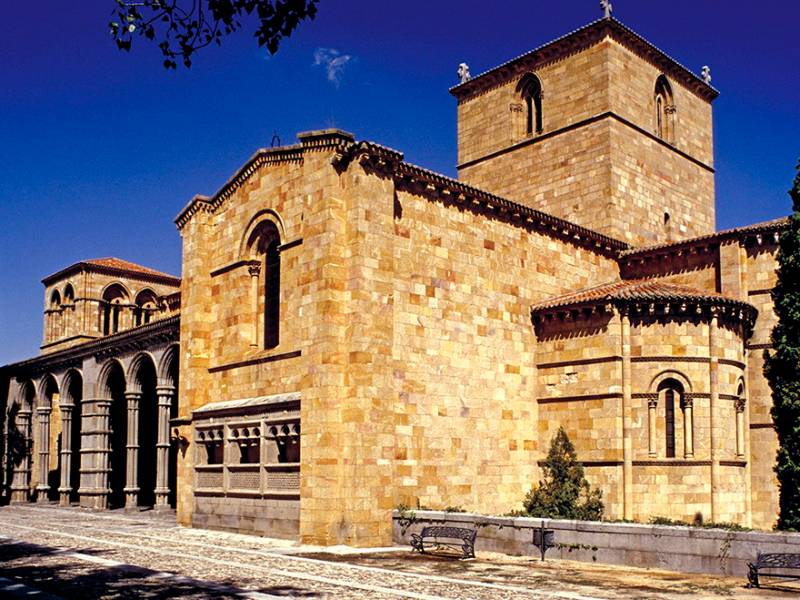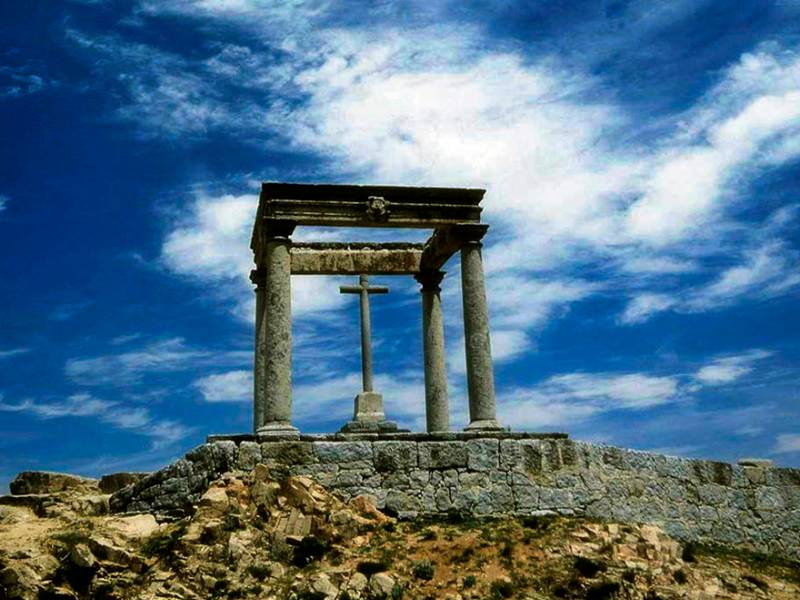Jewish Route in Avila
- Position
- Ávila
- Type of route
- One day
- Web
- To know more
Ávila was home to Jews, Muslims and Christians, and each community made its mark on the city’s rich cultural heritage. Traces left by the Jewish presence in the city throughout the Middle Ages include a number of synagogues and the Jewish cemetery, amongst others. Visitors are also strongly recommended to call in at the Basilica of San Vicente and admire its wealth of detail.
This route around the city will reveal the sites and corners reminiscent of a community that played a major role in Ávila’s history.
This route includes the following sites of interest: the Basilica of San Vicente, the Church of San Pedro, the Chapel of Nuestra Señora de las Nieves, Santa Teresa Square or the Main Marketplace, the Four Posts, the Chapel of the Convent of Mosén Rubí, the Church of Todos los Santos, the Monastery of La Encarnación, the Chapel of Nuestra Señora de las Nieves and the Moshé de León Garden.
What to see?
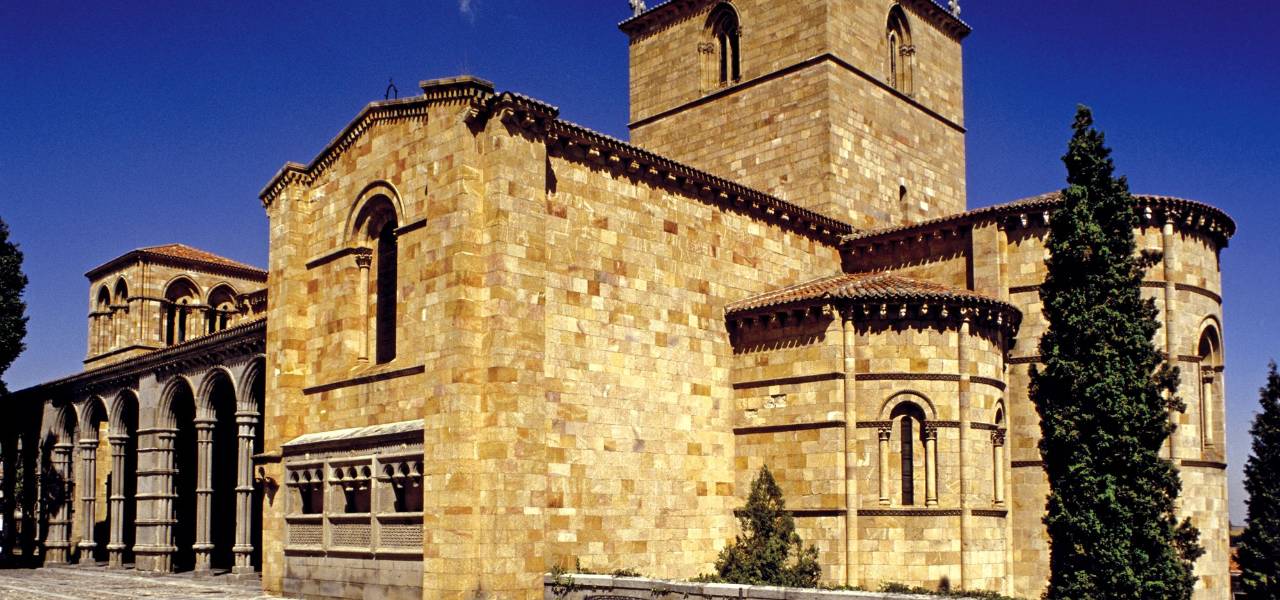 Basilica of San VicenteMore information
Basilica of San VicenteMore informationThe Basilica of San Vicente or Basilica of Los Santos Mártires Vicente, Sabina y Cristeta, was built in honour of these brothers, martyred in the 4th century during the persecution of the Christians ordered...
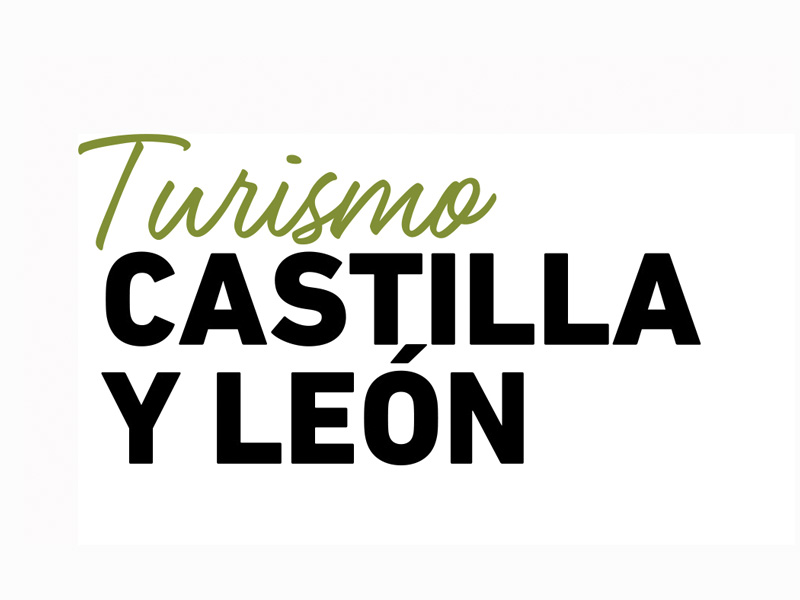 Garden of Moshe of LeonMore information
Garden of Moshe of LeonMore informationLocated opposite the gate of Malaventura, which gave access to the Jewish quarter centuries ago, the garden pays tribute to rabbi Moshe de Leon, who lived in Avila (XIII century) and wrote one of the great...
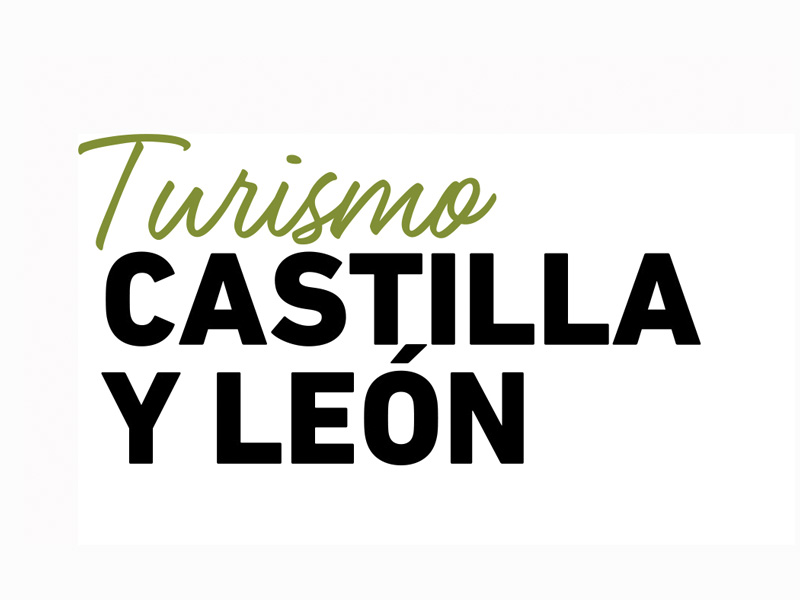 Chapel of Nuestra Señora de las NievesMore information
Chapel of Nuestra Señora de las NievesMore informationLocated in the same place where long ago stood the synagogue of Belforad. This chapel has in its interior a magnificent alabaster relief by Juan Rodriguez and Lucas Giraldo (XVI century).
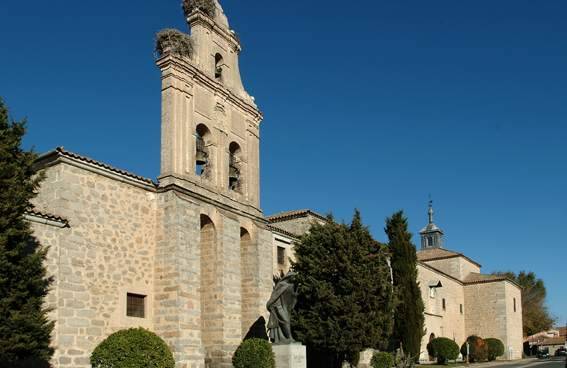 Monastery of the EncarnacionMore information
Monastery of the EncarnacionMore informationEstablished in 1479 by Doña Beatriz de Higuera, this was the convent chosen by Santa Teresa to enter as a novice in the Carmelite order in 1535, and where she lived for 27 years until she departed to carry...
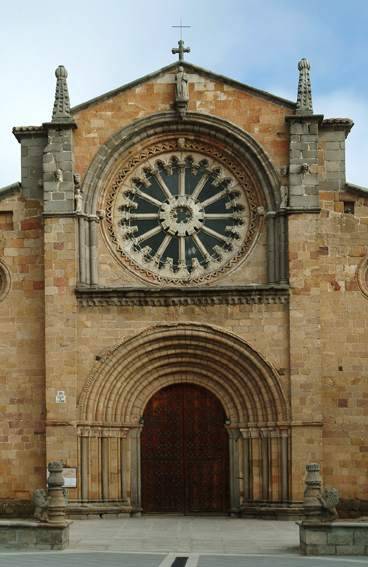 Church of San PedroMore information
Church of San PedroMore informationRobust building made of sandstone blocks, a perfect example of the Ávila Romanesque style. There is a magnificent Cistercian rose window in the main façade.The Catholic Monarchs and Carlos I pledged allegiance...
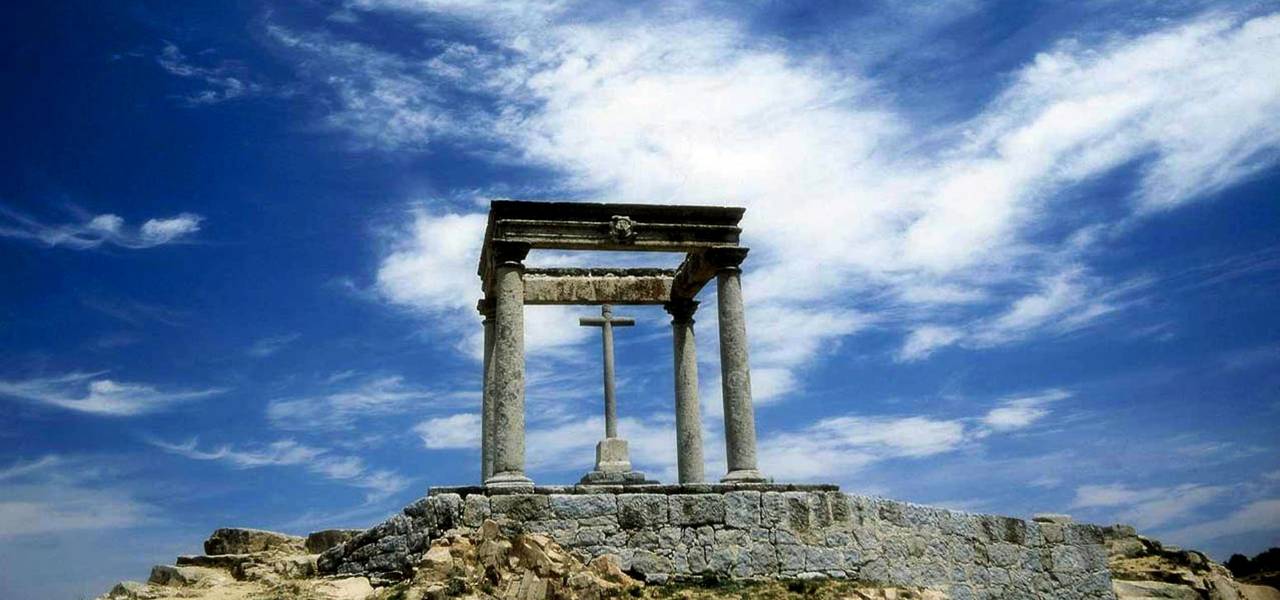 Cuatro PostesMore information
Cuatro PostesMore informationA monument built in the 16th century, consisting of four columns surrounding a cross, with straight arquitrabes. Related to some events of Santa Teresa de Jesus' life, it is a perfect place to contemplate...
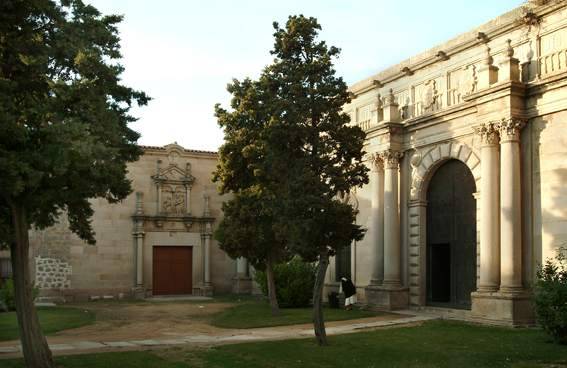 Chapel of the Convent of Mosen RubiMore information
Chapel of the Convent of Mosen RubiMore informationA former convent of dominicaln nuns dating from the 16th century. It combines late gothic and renaissance and the front contains strange guild symbols.Among the works of art stand out the tomb with the...

